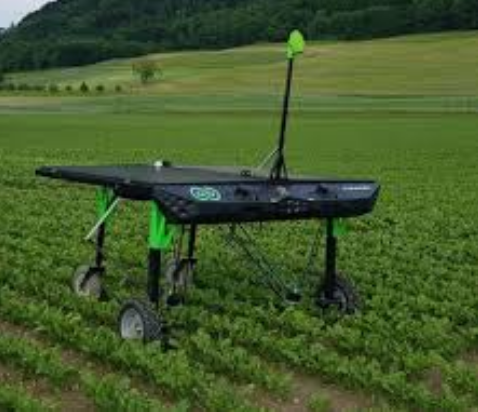Revolutionizing Agriculture: Exploring the Features of Modern Agricultural Technology
Introduction:
The world of agriculture is experiencing a significant transformation with the advent of advanced technologies. From precision farming to smart irrigation systems, these innovative solutions are revolutionizing the way we grow crops and raise livestock. In this article, we will explore the various features of modern agricultural technology and delve into frequently asked questions surrounding its implementation.
Features of Agricultural Technology:
- Precision Farming: Precision farming is a data-driven approach that utilizes technologies such as Global Positioning System (GPS), sensors, and drones to optimize crop production. Farmers can monitor soil conditions, moisture levels, and nutrient requirements in real time. By employing precision farming techniques, farmers can reduce costs, increase productivity, and minimize environmental impact.
- Smart Irrigation Systems: Water scarcity is a significant concern in agriculture, making efficient water management crucial. Smart irrigation systems use sensors and weather data to provide crops with the precise amount of water they need. By minimizing water wastage, farmers can conserve resources, enhance crop quality, and improve overall yield.
- Agricultural Drones: Drones have become valuable tools in modern agriculture. Equipped with advanced imaging technologies, drones can capture high-resolution aerial images of fields. These images provide valuable insights into crop health, nutrient deficiencies, and pest infestations. Farmers can then take targeted action to address these issues, resulting in improved crop management and reduced losses.
- Internet of Things (IoT) Applications: The Internet of Things (IoT) has made significant strides in agriculture. IoT devices, such as soil moisture sensors, climate monitors, and livestock trackers, allow farmers to gather and analyze real-time data. This information helps them make informed decisions about irrigation, fertilization, and animal health. IoT applications streamline operations, minimize waste, and optimize resource allocation.
- Vertical Farming: Vertical farming involves growing crops in vertically stacked layers or towers, using controlled-environment agriculture (CEA) techniques. This approach maximizes land usage, eliminates dependence on weather conditions, and enables year-round cultivation. Vertical farms utilize artificial lighting, hydroponics, and automated systems to create optimal growing conditions for plants.

FAQs about Agricultural Technology:
Q1. How does agricultural technology benefit farmers?
Agricultural technology enhances efficiency, reduces production costs, and improves crop yields. It enables farmers to make data-driven decisions, optimize resource usage, and mitigate risks associated with unpredictable weather and pests. Ultimately, it increases profitability and sustainability.
Q2. Are these technologies affordable for small-scale farmers?
The cost of agricultural technology varies depending on the specific solution. While some technologies may require substantial investments, others are becoming more affordable and accessible over time. Governments, NGOs, and private organizations often provide support and initiatives to assist small-scale farmers in adopting these technologies.
Q3. Does agricultural technology harm the environment?
When implemented correctly, agricultural technology can minimize environmental impact. Precision farming techniques, for example, enable targeted use of fertilizers and pesticides, reducing chemical runoff. Additionally, smart irrigation systems conserve water resources. However, it is important to employ these technologies responsibly and consider their environmental implications.
Q4. Is agricultural technology applicable to livestock farming?
Yes, agricultural technology extends to livestock farming as well. Technologies such as IoT-enabled trackers and monitoring systems help farmers track animal health, improve breeding practices, and optimize feeding regimes. Automated systems also aid in managing animal housing, ventilation, and waste disposal.
Q5. What are the future prospects of agricultural technology?
The future of agricultural technology looks promising. Advancements in artificial intelligence, robotics, and automation are likely to further enhance productivity and sustainability in agriculture. Integrated systems that combine multiple technologies will continue to evolve, enabling farmers to harness the full potential of modern agricultural practices.

Conclusion:
Agricultural technology holds immense potential in the revolution

